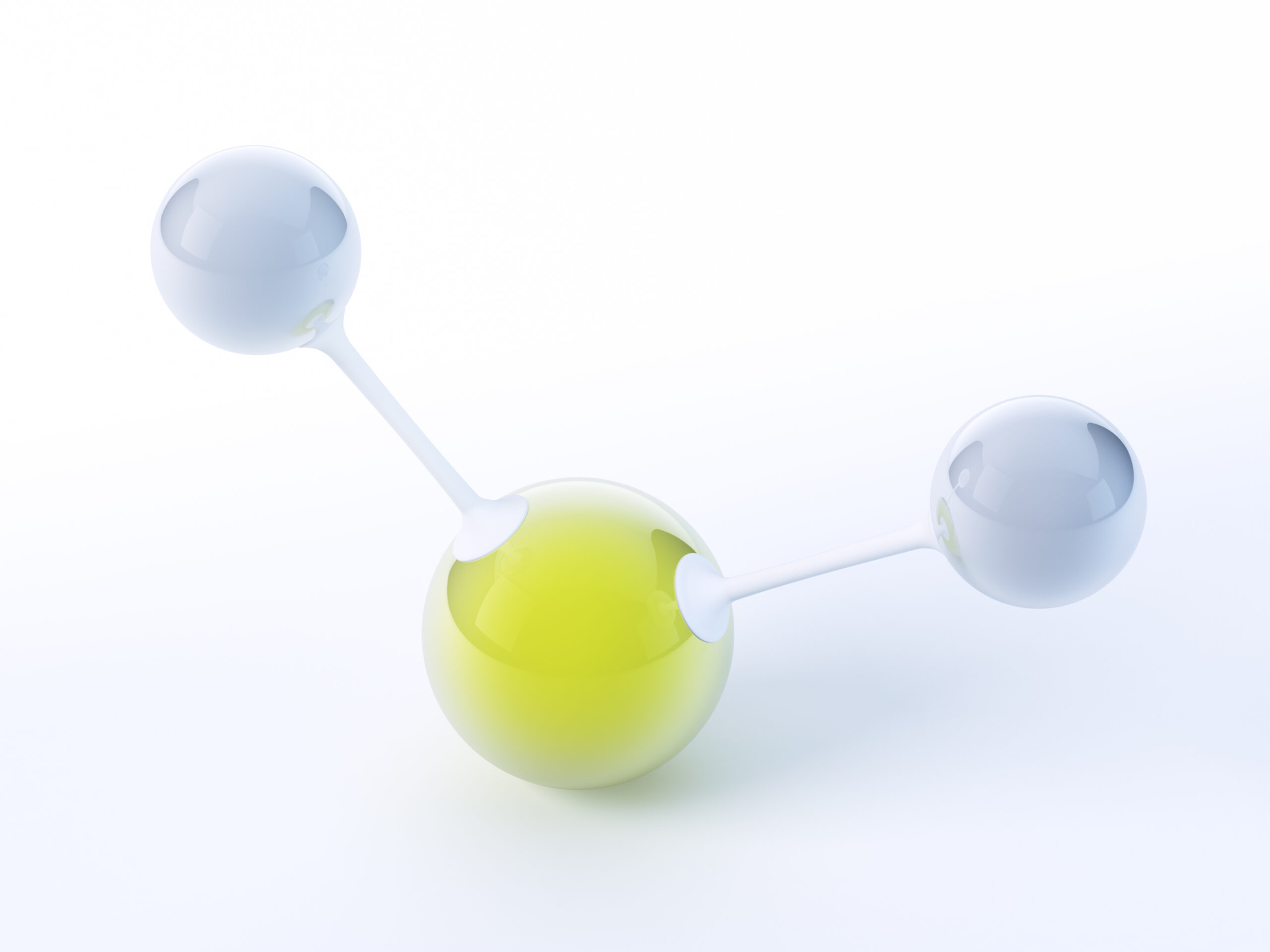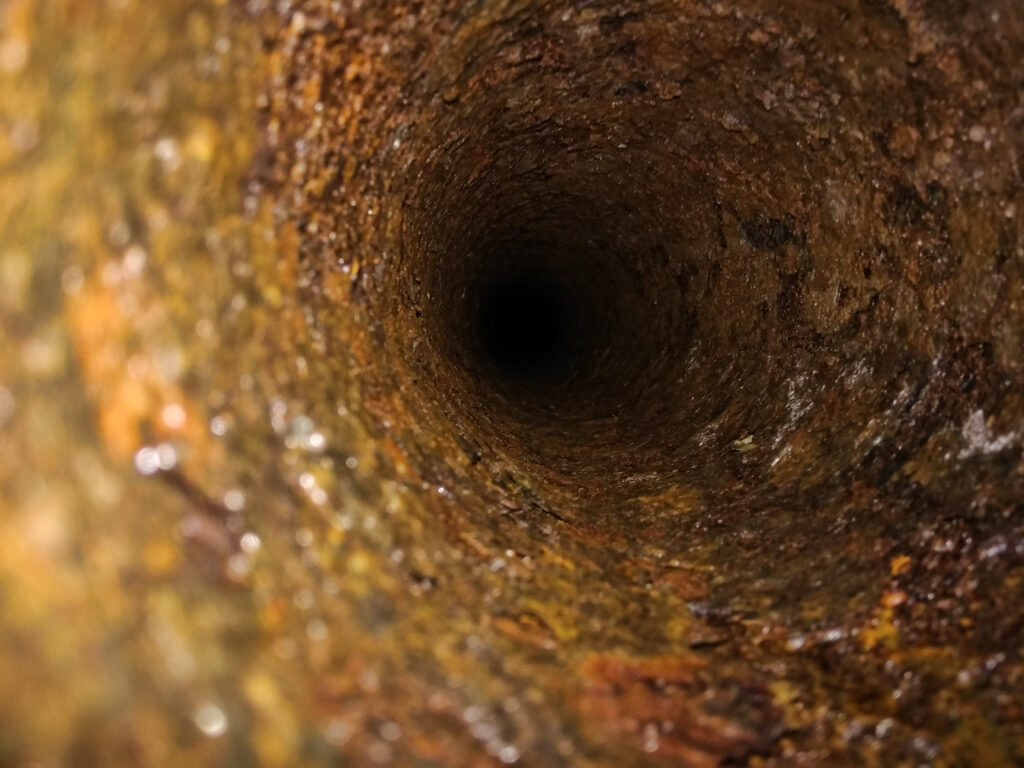
27.01.2025
“CO₂ Safe & Sour”; How pure must CO₂ be for CCS?
A CLIMIT-supported research project under DNV’s leadership is investigating threshold values for impurities, including hydrogen sulphide (H2S), in CO2 handling. Can costs and safety be better balanced?
The project has received funding of over NOK 4.8 million from CLIMIT. DNV is collaborating with Equinor, Shell, TotalEnergies, and Gassco, with the work expected to conclude by summer 2025.

Background
Klas Solberg, DNV’s project manager, explains the origins of the project.
“The background was uncertainty regarding the impact of impurities in CO2 streams, particularly H2S. H2S, when combined with water and other impurities, can lead to corrosion, sulphide stress cracking, and the fracture of pipeline steel. The project was initiated to better understand the tolerance of pipeline materials to H2S, and to determine whether the existing threshold levels are overly conservative.”
Klas Solberg, DNV«Safe & Sour»
In the context of carbon capture and storage (CCS), “safe” refers to ensuring CO2 is handled securely, reducing risks of leaks or harm to the environment and humans. This includes proper design and operation of storage sites. “Sour” is a term from the oil and gas industry related to the presence of H2S, a substance with a foul smell reminiscent of rotten eggs.
Strict purity requirements for CO2 can drive up costs since removing H2S and other impurities is both complex and expensive. The DNV project is exploring whether the limits for H2S can be safely increased, and what material choices are necessary to accommodate H2S presence.
This could make CCS more economically feasible for more stakeholders. The topic is particularly relevant for projects like Longship, where pipelines are a critical part of the infrastructure. By understanding how H2S affects materials, this research project aims to contribute to updated and more cost-effective design and operational standards.
Objectives
The project’s recommendations will be used to update DNV’s Recommended Practice – DNV-RP-F104: Design and Operation of Carbon Dioxide Pipelines. – This guidance is used by the industry for the design and operation of CO2 pipelines. We aim to provide the industry with tools to balance safety and cost effectively, Klas Solberg says.
Joint Industry Project
– The project operates as a ‘Joint Industry Project,’ where we collaborate with stakeholders across the CCS value chain. Partners like IFE, Wood, and DNV USA contribute their expertise in material testing and analysis, Klas explains. The primary focus is testing what concentrations of H2S can be tolerated without damaging pipelines.
The project also leverages experience from the oil and gas industry, applying established methods and knowledge to address CCS challenges. – By combining knowledge and experience across sectors, we can contribute to a safe and cost-effective framework for CCS. Norway, as an energy nation, has many significant advantages, which this DNV project capitalizes on. In turn, it makes CCS more accessible to global stakeholders, enabling knowledge sharing beyond borders, says Ernst Petter Axelsen. He is Gassnova’s advisor in the DNV project, which is part of CLIMIT’s contribution.
CLIMIT provides legitimacy
– Broad and trusted collaboration is critical for a project like this, says Klas Solberg. DNV plays a key role as a facilitator and independent party, helping industry partners reach a common understanding, and develop standards and practices acceptable to the entire industry. CLIMIT’s support enhances the project’s legitimacy, particularly internationally.
“The strong collaboration between government and industry in Norway garners positive attention. Early CLIMIT support was crucial to getting the project off the ground.”
Klas Solberg, DNVResults so far
– To date, we have developed test procedures that identify mechanisms causing pipeline damage from high H2S concentrations. This has provided valuable insights into how materials are affected under different conditions. Although the experimental work is ongoing, the project has already established an important foundation for further research and development.
The recommendations so far offer the industry new perspectives on managing H2S in CO2 streams, Klas Solberg concludes.
Gassnova has covered related topics in articles such as Low-Pressure CO2; Greater Transport Volumes and Increased Capacity and CO2 Transport; Norwegian Expertise Sets Impurity Limits.
